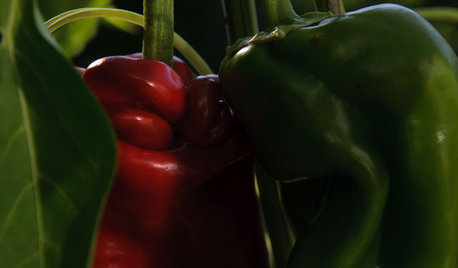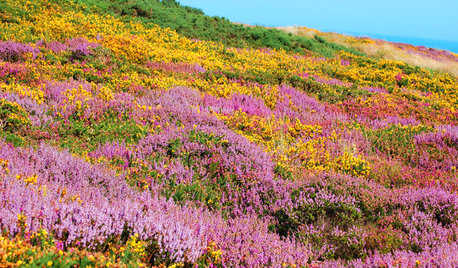Nitrogen Concentration for pepper plants
grizzman
14 years ago
Featured Answer
Comments (10)
jean-luc
14 years agogrizzman
14 years agoRelated Professionals
Middle River Landscape Architects & Landscape Designers · Rancho Palos Verdes Landscape Architects & Landscape Designers · Saint Charles Landscape Architects & Landscape Designers · Salisbury Landscape Architects & Landscape Designers · Paradise Landscape Architects & Landscape Designers · Brentwood Landscape Contractors · Hartford Landscape Contractors · Bellefontaine Neighbors Landscape Contractors · Darien Landscape Contractors · Edwardsville Landscape Contractors · Fort Worth Landscape Contractors · Longview Landscape Contractors · North Ridgeville Landscape Contractors · Smyrna Landscape Contractors · Tamarac Landscape Contractorsjean-luc
14 years agojoe.jr317
14 years agogrizzman
14 years agogringojay
14 years agojean-luc
14 years agogrizzman
14 years agojean-luc
14 years ago
Related Stories

GARDENING GUIDESSummer Crops: How to Grow Peppers
Some like 'em hot; others like them sweet. With the incredible range of peppers available for home gardens, you can have your pick
Full Story
GARDENING GUIDESHow to Plant a New Lawn From Sod
Take the quick-start route to turf with sod; these installation guidelines will help ensure a healthy and long-lasting lawn
Full Story
EDIBLE GARDENSGarden BFFs? Why Your Vegetables Are Begging for Companion Plants
Foster friendships among plants for protection from pests, pollination support and color camaraderie
Full Story
FARM YOUR YARDHow to Build a Raised Bed for Your Veggies and Plants
Whether you’re farming your parking strip or beautifying your backyard, a planting box you make yourself can come in mighty handy
Full Story
GARDENING FOR BUTTERFLIESGreat Design Plant: Scotch Heather
The moors aren't all moody, as this prettily colored evergreen shrub proves. Plant it en masse for an epic romance in your own garden
Full Story
HOUSEPLANTS10 Top Plants to Grow Indoors
Brighten a room and clean the air with a houseplant that cascades artfully, stretches toward the ceiling or looks great on a wall
Full Story
FALL GARDENING9 Deer-Resistant Flowering Shrubs to Plant This Fall
These exquisite shrubs will attract your attention but won’t tempt the deer that roam your neighborhood at night
Full Story
GARDENING GUIDES8 Deer-Resistant Elegant Evergreen Shrubs to Plant This Fall
Who knew that such beautiful shrubs could be deer-resistant?
Full Story
EDIBLE GARDENSSummer Crops: How to Grow Tomatoes
Plant tomato seedlings in spring for one of the best tastes of summer, fresh from your backyard
Full Story
GARDENING GUIDESAttract Hummingbirds and Bees With These Beautiful Summer Flowers
Roll out a welcome mat for pollinators to keep your landscape in balance and thriving
Full StoryMore Discussions







gringojay